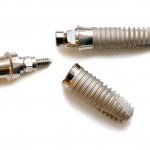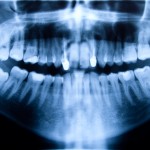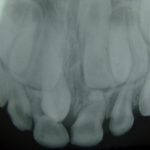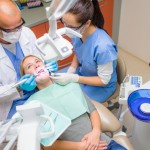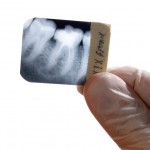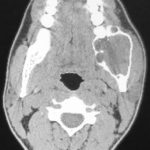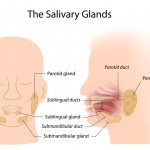
This review of the efficacy and safety of sialendoscopy in the treatment of obstructive diseases of the major salivary glands included 91 studies. The findings indicate and overall success rate of 80.9% (76.6 to 84.6 %) although all the included studies are observational, mainly retrospective and at medium to high risk of bias.
[read the full story...]